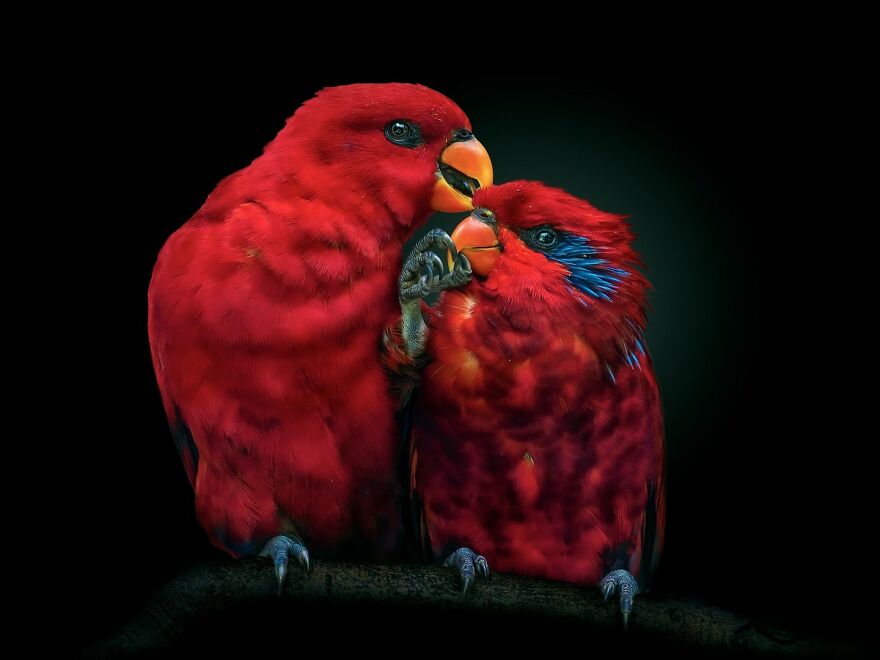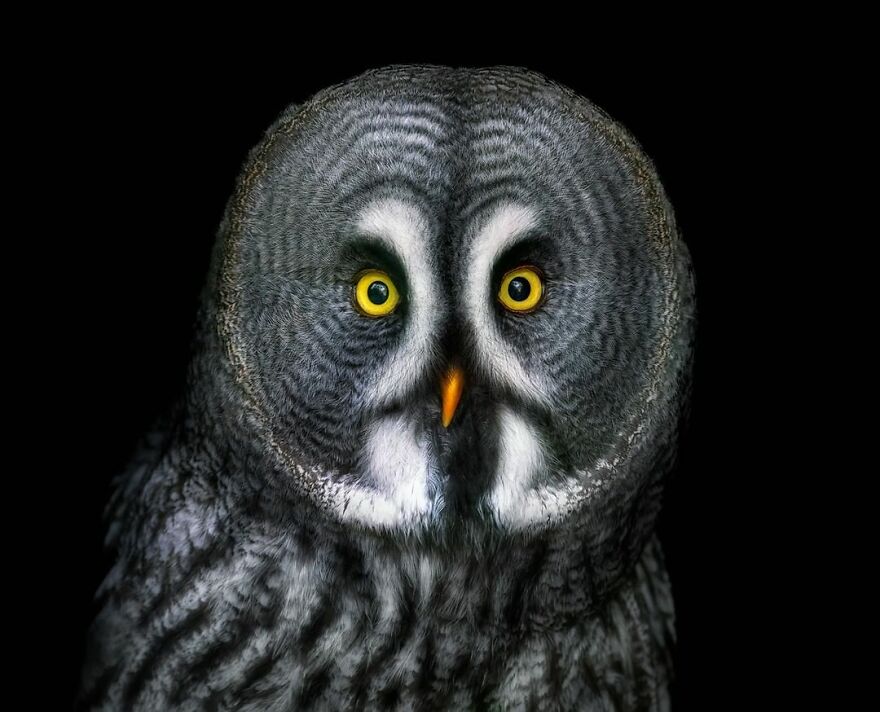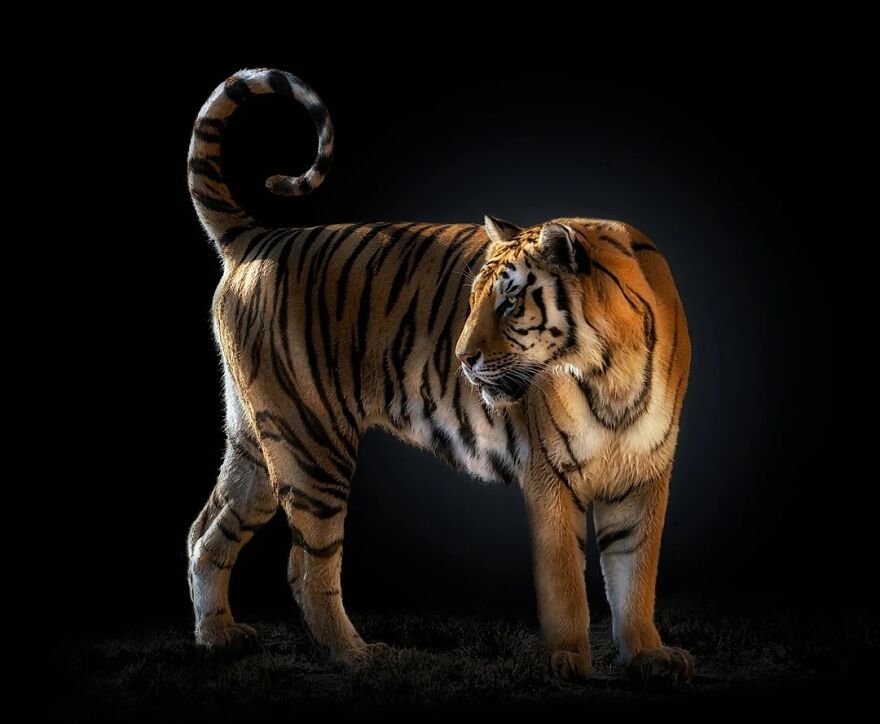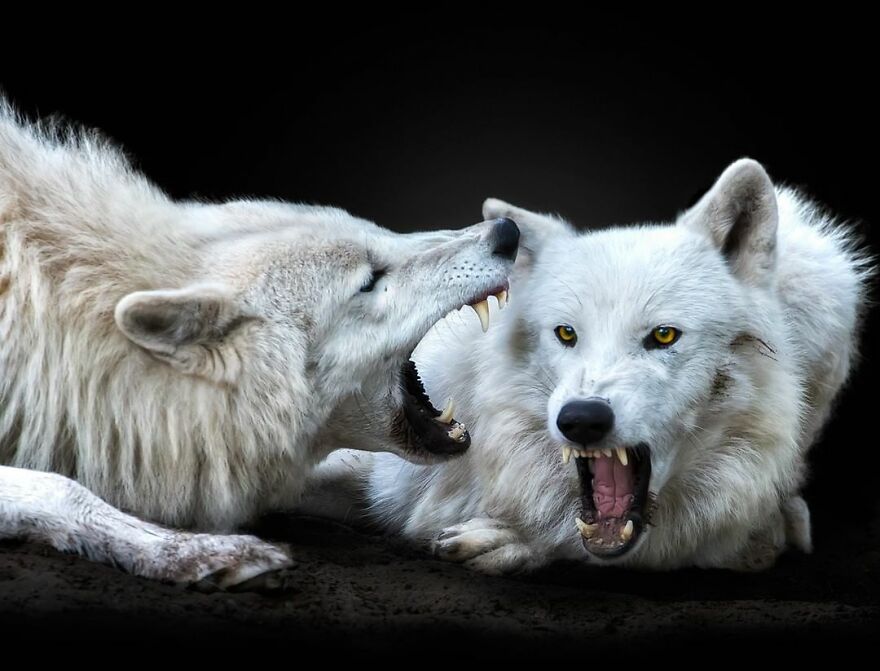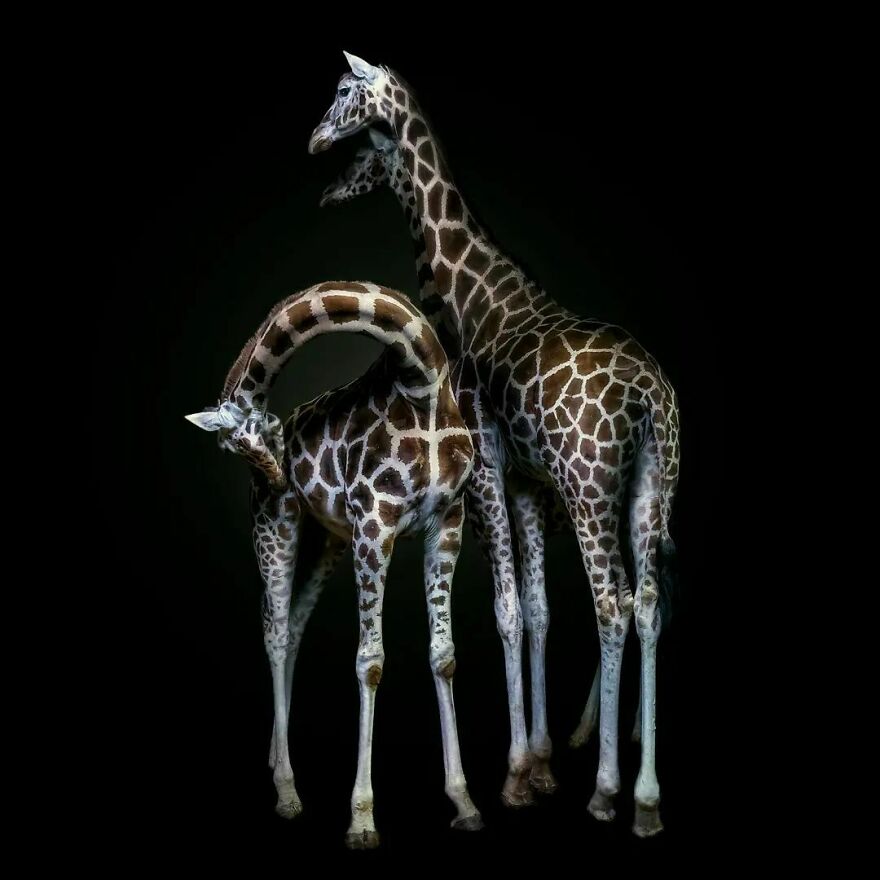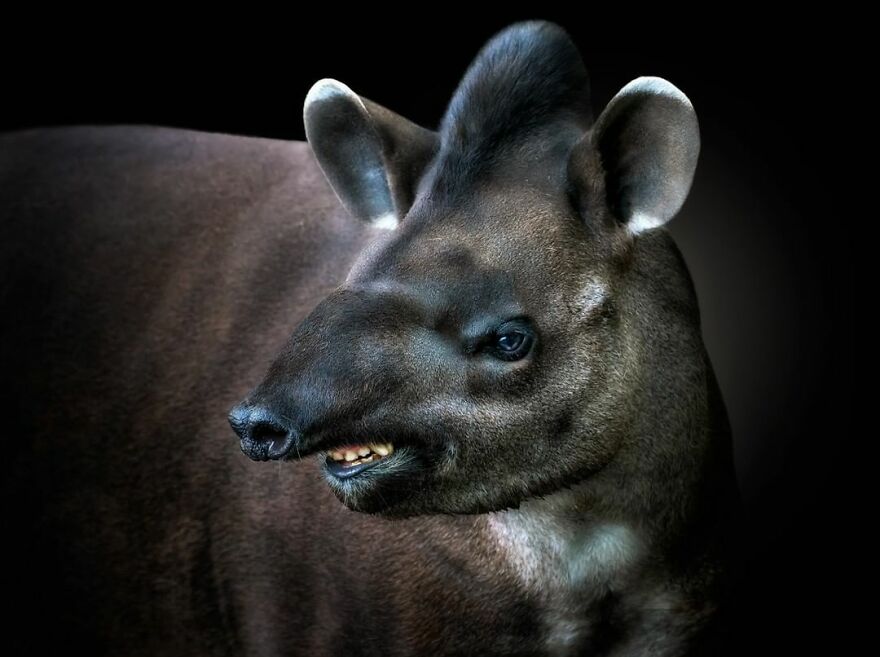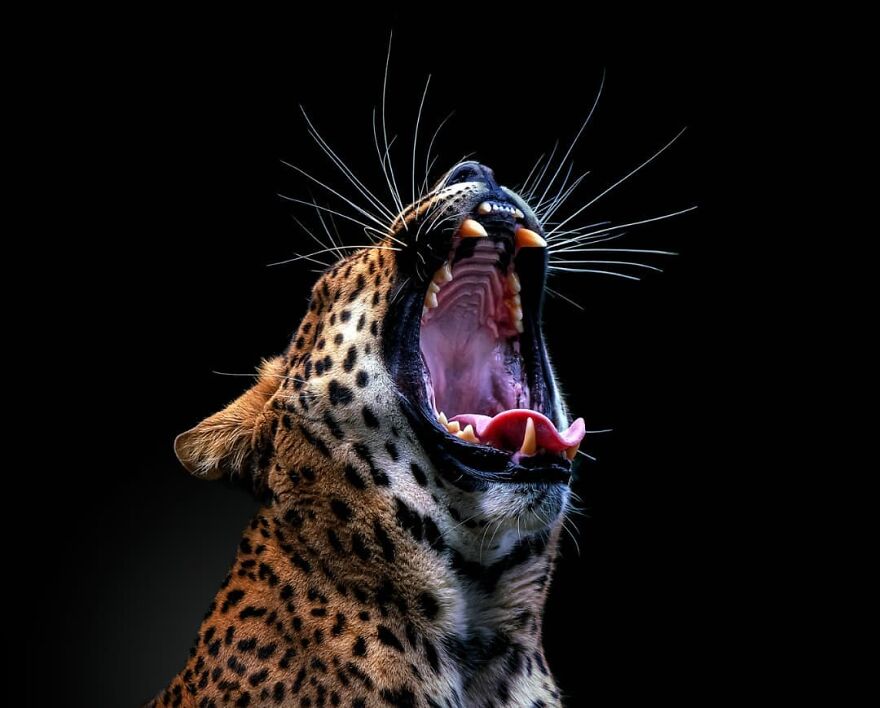
Wild Animals From Up Close: 30 Portraits By This Photographer
Interview With ArtistWild animals, though magnificent, usually can only be watched by us from afar. Which is why pictures taken by Pedro Jarque Krebs leave such a big impression. The award-winning Peruvian photographer captures different species of wild creatures in a way that feels very up close and intimate. It wouldn’t be too hard to mistake these portraits for paintings!
Krebs also draws attention to extinction problems like the fact that more than half of our planet’s animal populations have been wiped out in the last 50 years. Scroll down to see the amazing work by this artist.
More info: Instagram | pedrojarque.com
This post may include affiliate links.
Bored Panda got to ask Pedro a few questions. We wondered how the photographer gets access to all of these wild animals: “I have been developing this project for several years, the idea of which is to take portraits of animals in a studio or similar environment. To do this, it is necessary to be as close as possible to the animal, so I work mostly with animals in captivity or semi-freedom. Most of my photos are taken in nature reserves, sanctuaries, rescue centers, or zoos.
Recently I did a big project with the Madrid Zoo in Spain to present the animals that are part of the conservation programs for endangered species. The result of this work is permanently exhibited in the Madrid Metro. The goal is to spread the message about the importance of these programs today to save species from extinction. I have also carried out projects in collaboration with animal rescue centers that come from illegal trade or abandonment. The situation of wild animals is critical today and I hope that my work will help to raise awareness of this.”
All of Pedro’s photographs have a signature look. We asked the artist about how it’s created: “My job requires a lot of patience and a bit of luck. Working with animals can be very rewarding, but also frustrating at times. You have to know how to wait and be very attentive. Ideally, I would like to work in a photographic studio where you have control of the light and black background, and some control over the animal, but it is very difficult or even impossible to get huge or dangerous animals into a real studio.
However, there are other methods to obtain the same result without disturbing them. The first may be to have the animal in front of a cave or natural dark background, although this is not very common. The second method is to use artificial light such as one or several flashes and achieve the dark background with a particular technique in the camera, and the last method is to darken the background or 'burn' it in postproduction.
For small animals, such as amphibians or reptiles, for example, it is more feasible to work in a photographic studio. In any case, the ideal is not to disturb the animal, as this will result in more natural behaviors and poses.
“Each animal has its habits, and it is very useful to know them to know when they are most active,” Pedro says. “On the other hand, as most of the time I work with natural light, it is very important to know how the weather will be, and also the position of the light. Once in front of the animal, you have to wait. It can take hours, or sometimes you get a good photo quickly; it's a matter of having a little luck and above all being prepared.
Then comes the selection phase, which can be long, as you have to examine hundreds of photos thoroughly and generally choose only one to work with. The post-production work will depend on what has been obtained in the photoshoot. Sometimes not much needs to be done, and sometimes it is necessary to work a little more on the background and the lights and shadows.”
We asked which animals Pedro would like to photograph that he hasn’t yet: “There are hundreds of animals that I would like to work with, but because of their rarity, they are difficult to access. Many times I travel especially to photograph an animal that is only found in a specific place, such as the golden snub-nosed monkey, which is only found in China. Or when they are part of international breeding programs, like the Panda bear.
In Madrid, a pair of twins were born a few months ago, and I did a photoshoot with them. Also, the snow leopard is a rare specimen and I had to travel to photograph it. In Peru, there is a great diversity of rare animals, and I hope to be able to travel to the Amazon jungle soon. Approximately 1.5 million animal species are known and are thought to constitute only 20% of those that actually exist. There is a lot to discover out there. So I have a lot of work on my plate.”
When asked about his inspiration sources, Pedro cites the classic baroque painters, “such as Rembrandt or Caravaggio, especially the handling of light and shadow in the style called 'chiaroscuro'. I try to learn by looking closely at their works. But I also like to look a lot at the work of contemporary photographers, especially studio portraits, such as those made by Irving Penn.”
We wondered whether it's difficult to develop a unique style nowadays when there are so many great creators, to which Pedro replied: “Having a personal stamp or style, I don't think it's something you plan. I think it's something that emerges as you perfect your work and refine it with your personal sensibility. Style is the fruit of your whole life, all your learning, your successes, and your failures. Even your readings, your travels, your reflections, and your way of seeing the world.”
This must be higher. Despite every singe try I have made with photography, none are as good as any of these. The amount of detail as well 👌
We have geckos in our plants all the time, but I never get tired of watching them.
Blue and Gold (or yellow) Macaw. S. American. Very big, very loud and proud, beautiful and fun. Oh, did I mention that beak has the pressure to snap a broomstick, easily. It’s impressive to watch but you will involuntarily take several steps back once they snap it.
Most photos of snow owls have the wings spread, so this is interesting!
One animal that will rip you apart. They are incredible animals and this picture is mesmerizing, but I have no desire to be up close an personal with one. I respect them.
Each and every one of these photographs that shows the animal’s eye are just beautiful-each eye shows a beauty and uniqueness very rarely captured in a photo. I give great credit to whoever had photographed these beautiful shots
Luggage, the stewardess asked. The vulture replied, no, just carrion.
All of these are stunning. You should do a calendar (or 2) , I would buy them to look at any one of these for a month.
All of these are stunning. You should do a calendar (or 2) , I would buy them to look at any one of these for a month.

 Dark Mode
Dark Mode 

 No fees, cancel anytime
No fees, cancel anytime 






















